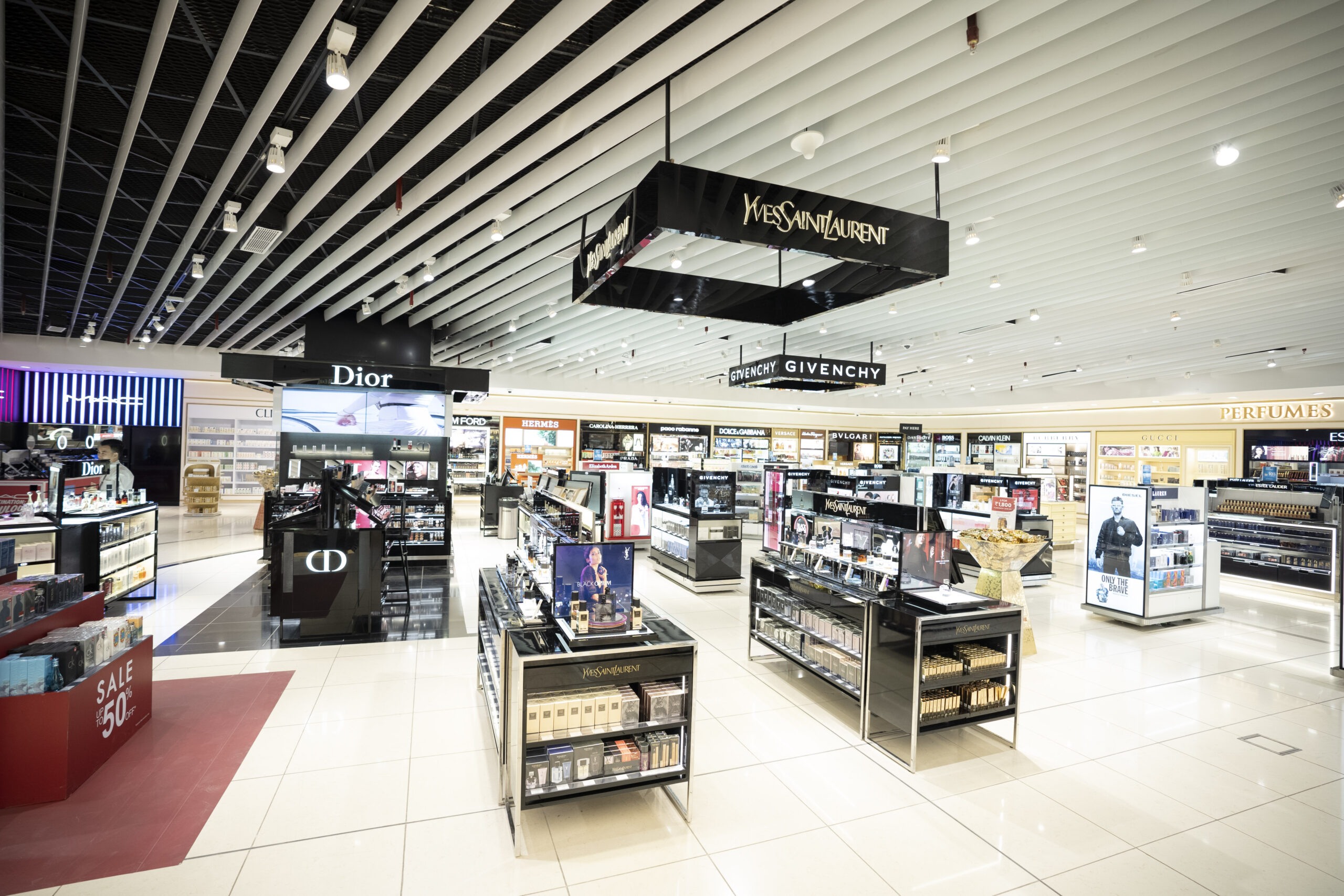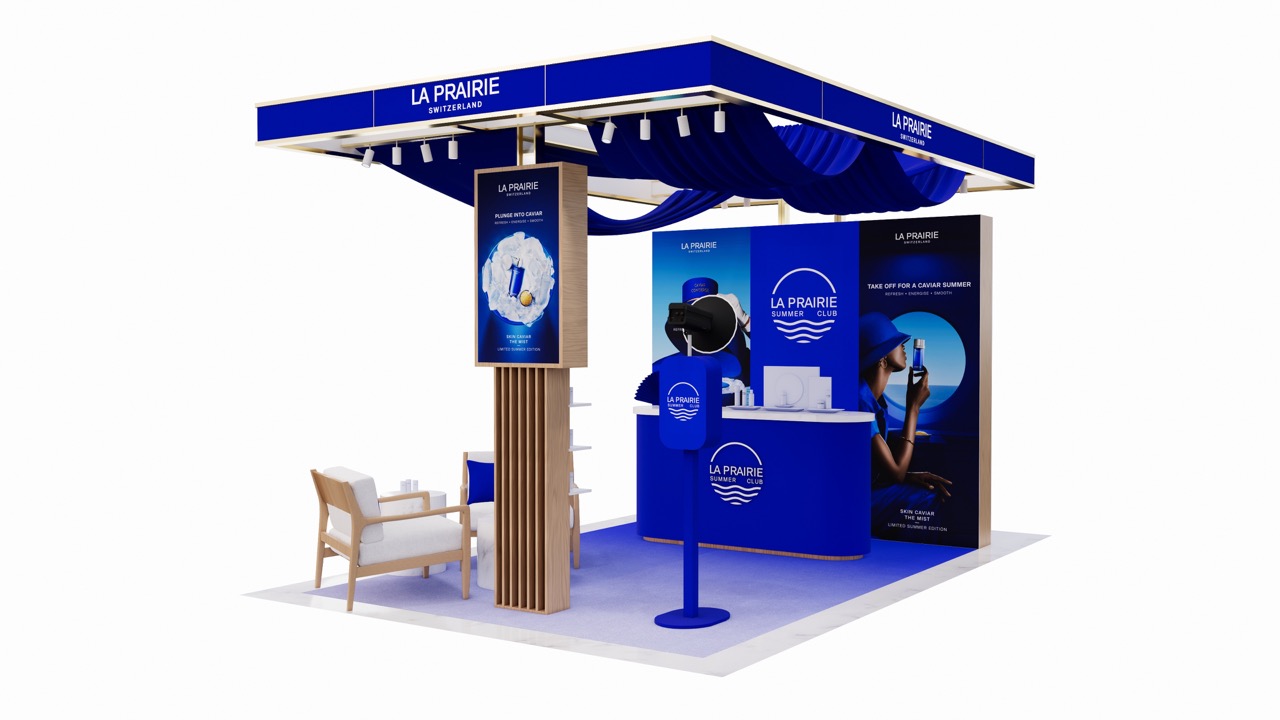 Introduction: The Moodie Davitt Report is pleased to feature the latest edition of a new guest column in association with Voiceback Analytics, a company based in Bengaluru, India, which works across a combination of three diverse specialties – market research, operations and technology – to solve business problems and find avenues for growth.
Introduction: The Moodie Davitt Report is pleased to feature the latest edition of a new guest column in association with Voiceback Analytics, a company based in Bengaluru, India, which works across a combination of three diverse specialties – market research, operations and technology – to solve business problems and find avenues for growth.
“I see,” said the blind man. This phrase often encapsulates the travesty of data analytics-led decision-making in the travel retail industry, writes Voiceback Analytics Managing Director Manishi Sanwal.
Most decision makers simply do not get the data either at the right time or in the right condition to derive a meaningful impact from it.
On top of that, the pandemic has simply fogged the rear-view mirrors. COVID-related disruptions for international travel have perpetuated for more than two years. This means that any analysis of your past sales data and sales trends is marginalised at best and futile at worst as the numbers are ‘outliers’ – an exceptional event.
As the world reopens, the nature and scale of customer demand will change. Your customers were forced to live a life without international travel for over two years – a period long enough to cause permanent change in their behaviour and habits. And now, as travel bounces back, we are entering a period of deep unpredictability surrounding the supply chain.
Voiceback Analytics FactfileVoiceback Analytics is focused on providing Data Analytics-based solutions to business problems. As a Gold Partner of Microsoft for Data Analytics, Global Partner of Microsoft for AI-ML & Solution Partner of Power BI, the company claims to operate the most advanced analytics available today.
“We get the data to speak”The company embodies a powerful combination of three diverse specialties – Market Research, Operations and Technology to solve business problems and find avenues for growth. The company has combined its 15-year history of Market Research & analysis with latest Data Management and Analytics Techniques to provide solutions to complex business problems. Please visit www.voicebackanalytics.com for more details on existing customers and case studies.
Voiceback Analytics Managing Director Manishi Sanwal (above) is a leading retail & marketing professional with an extensive experience in brands and retail. He has operated in various leadership roles with LVMH group in India and China. Previously, he was the CEO of Flemingo Group, India’s biggest duty free retailer and Managing Director of DFS Group’s India operation. He is an engineering graduate from IIT, BHU, Varanasi & MBA from IIM Ahmedabad, India and can be contacted at manishi@voicebackanalytics.com |
So how do you forecast in this transformed world you are now encountering, one that you know frighteningly little about?
Planning for sales & inventory in the post-COVID era
Companies all over the world are faced with extraordinary volatility and have been relying on advanced technology to navigate such an uncertain landscape. Various models are being used and all of them rely on a) expanding the scope of the data and b) analysing it at a high speed to add recency to the analysis.
If the past is a good indicator of future, then the very near past is a great indicator of the very near future. Capability to analyse a lot of data very quickly will determine success. In this column, we introduce a very modern concept which has gained traction in the post-COVID world.
Data Alchemy
This refers to collecting and analysing all kinds of available data in real time. These may or may not be your company’s data sets. In today’s predominantly online world, a lot of third-party data sets are available with various frequency.
Data Alchemy connects all and varied data sources with an Artificial Intelligence algorithm to your objective function (the KPI you wish to forecast) and lets the programme do the rest.
The AI-ML algorithm will continuously study the evolution of these data sets and make precise forecasts on your objective function.
The dataset should be current and exhaustive. The engineer does not apply any existing bias of his own and does not select certain data sets as being important. The wide range of data collected in this manner is then analysed in real time to develop an algorithm which will forecast the results for you.
The world within
The scope of this article goes beyond the technicalities of Data Alchemy, but we are using it to demonstrate that progress today relies on a wide variety of data sets for business forecasting and understanding.
This section elaborates on the wide sets of data which are available and have been used by advanced analytics to precisely forecast sales. These are the data sets which don’t belong to you (sometimes you don’t even know that they exist and can be used).
Don’t give up on COVID statistics
Any travel retail business can, quite understandably, still get the COVID jitters. Since most COVID data is available in the public domain, it makes good sense to continue monitoring such information.
Key statistics including new cases, new cases per million population, vaccination numbers and rates per million for target countries are important variables which clearly can impact travel and therefore business forecasts.
Google mobility
Google has long been sharing community mobility information for the entire world. The information – available on a by city and town basis, segregated by type of mobility (utilities, offices, entertainment, general etc.) and updated daily gives an absolutely true and real-time picture of ‘people on the street’. It is a direct and powerful proxy for ‘traffic’ – a key ingredient of any business planning.
Macro-economic indicators
Many macro-economic indicators can be used to predict and forecast the future turn of events. These indicators are continuously monitored and measured by various agencies.
They include:
- GDP (often said to be one of the largest causal factors for aviation growth)
- Stock market indices (which reflect money flow as well as the confidence which analysts have in the future of the listed companies)
- Currency rates (reflect the foreign exchange position and relative strength of a given economy)
- Inflation (its effect mean cost increases and cause demand erosion)

Other indicators such as unemployment; retail sales growth; food inflation; exports; imports etc. are available at varying levels for most countries.
In some countries tax collection data is available at a provincial level as is automobile sales data at a city/town level. Outbound and inbound travel data is available for many airports and seaports. A detailed deep-down search can provide data points that adds excellent value to the model.
| Case Study: India In April 2022, international passenger traffic emanating from India had improved sharply but was still lagging behind pre-pandemic levels. While April 2022 showed +155% traffic growth year-on-year, those numbers still trailed -36% behind pre-COVID April 2019 levels. The good news is that COVID is firmly under control across India with new case numbers continuing to be low and vaccination rates now having reached 63% of the vast total population.  Community mobility in India is growing at an unprecedented rate. Overall mobility is 58% higher than last year. Work mobility (which indicates people movement in and around offices) has grown +43% over last year while retail mobility is ahead by +40% year-on-year. GDP growth trends are strong. The last quarter saw +5.3% growth, a rate which is expected to improve over the next year. Consumer spending has improved and the measured index has improved across quarters to suggest strong domestic consumption. Food inflation has thus far remained under control, touching as low as +2.3% in recent months. However it rose sharply to +6.3% in the current quarter. This is consumption-driven as well as fuel price led. Unemployment numbers are stable at around 7% for the last three quarters. The Indian Stock Market Index has been at its all time best for a few months, but there has been a softening lately. The Indian currency has depreciated lately. However, that depreciation has slowed. Over the last year or so, currency rates against the benchmark USD have been stable. Current Assessment Index (an index of all factors which impact current demand) stands at +6.5, its highest point in the recent past. All this information was used by Voiceback Analytics to predict and forecast precise business volumes for the short and long term future. |
Factfile: Web Analytics Data
Google Search: Shares search data. Outbound travel volumes from a city or an inbound travel volume to a city can be judged using google search volumes.

Google Analytics: Streams of travel retail companies/operators/airports can offer insights into search levels. This data is proprietary but is collected every day and can give very precise information on future traffic levels. A travel retailer in a city can access priceless information from its own website traffic analytics.
Ecommerce Site Scraping: For brands which are actively traded in leading e-commerce portals, a great deal of intelligence can be gathered about the price points, user feedback, listed products, discounts etc. The ecommerce portals can be scraped to pull information which can then be analysed to obtain a sense of trends in the downtown business. This can be done for your brand or for competitor brands.
Travel Volume Forecasts
There are data streams which combine the price and volume signals from airline and hotel bookings and provide estimates of future travel volumes.
Voiceback Analytics has partnered with tRetail Labs (www.tretaillabs.com) which has unique data sourcing partnerships and research initiatives to cater to the travel retail ecosystem.

These datasets can provide detailed drill down forecasts for travel down to city/country/class of travel etc. for the travel retail industry. Such forecasts when combined with the spending patterns can give very precise business forecasts for the next 3-6 months.
In conclusion – don’t drive blind
Travel retail was one of the most severely affected industry sectors by COVID and is sure to remain volatile for some time to come.
As it emerges, demand will grow but supply – as has already been seen – will become the pain point. All the signals referred to earlier are scattered and diverse. However, when combined in a single dashboard or a single algorithm, they offer significant, timely and high-impact information.
The nature of international travel retail (long supply times, high volumes, and high velocity) will ensure that supply chains will not stabilise soon. The retailers and brands will drive blind unless they leverage technology and a wide range of data sets which are available in the public domain.
These data sets, when combined with your proprietary data, will create a much-enhanced view for business growth. Don’t be the blind man who says, “I see.”
In the next article, we will focus on the depletion data which brands possess and examine how to leverage it in conjunction with available public data points in order to be a winner.
For more details contact manishi@voicebackanalytics.com















